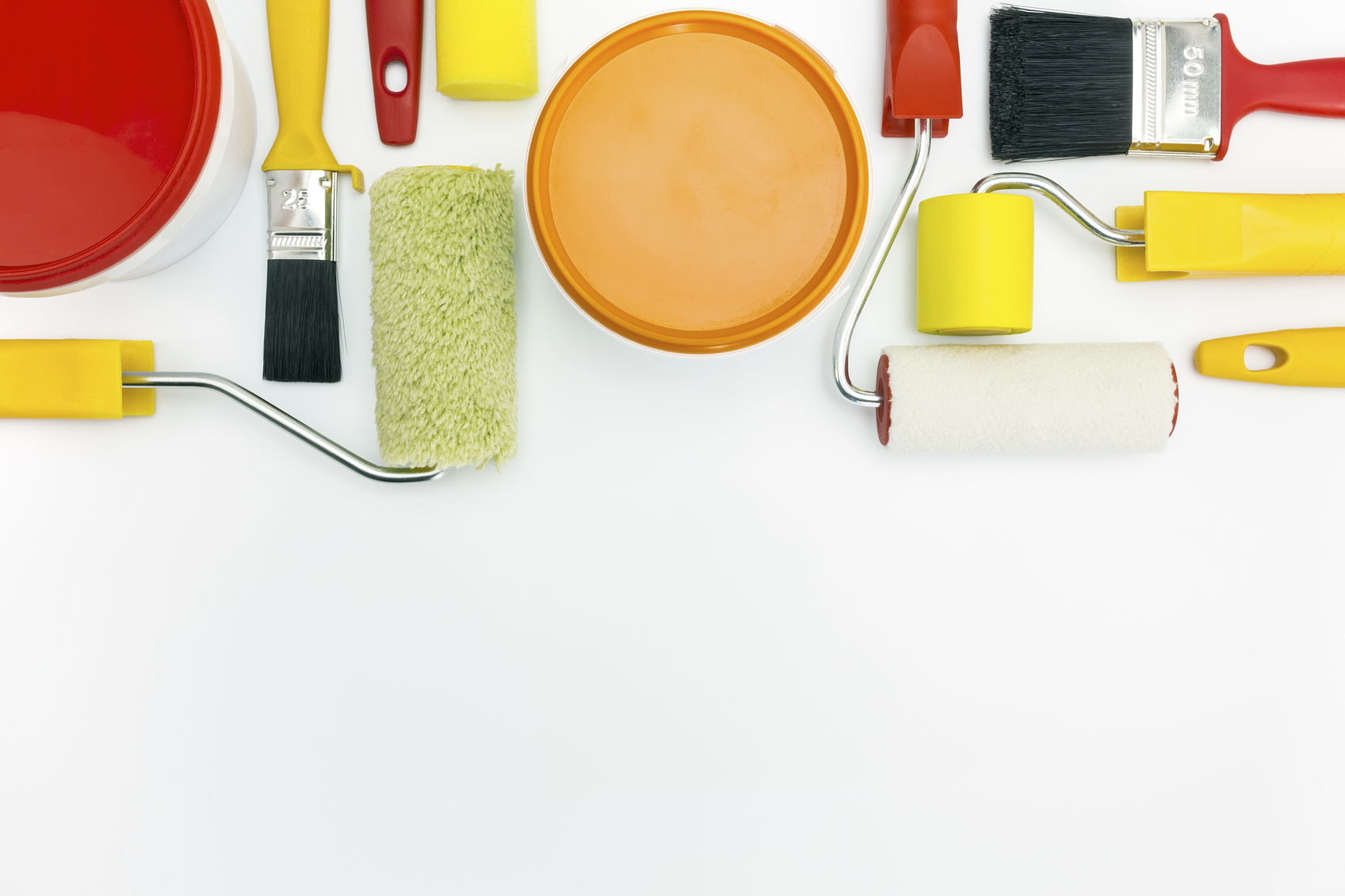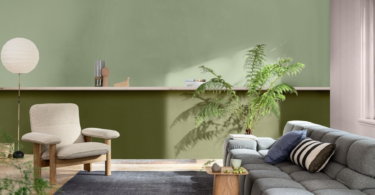Plus, when’s the best time to do it and how to find the right man for the job…
Picking a colour
A great paint job will not only enhance the curb appeal of your home but also up its re-sale value – but what colours to choose? The best colour combinations are the ones that highlight the most beautiful features of your home. In terms of a visual effect, consider your home’s relationship to the street and the landscape. Does it sit back from the road or amongst a cluster of trees? You might want to choose a slightly lighter or brighter colour so that it can stand out, while a darker colour will cause it to recede. A home’s architectural style is another cue (for instance, if you live in a Tuscan, Bali, Cape Dutch or country-inspired home, there will be certain ‘popular’ colour schemes to choose from to help maintain the look and feel of that particular style). If not, and you live in a more contemporary home, then you can paint it any colour you like. Also factor in the size of your home.
Depending on the proportions, you may want to highlight or downplay certain features. Light colours tend to ‘grow’ a home or feature, while darker colours shrink them. If your main colour is a dark one, think white for the trim (for the windows and such). Go bold with accent colours, but don’t get too carried away. You can even take your colour cues from your landscaping or plan around fixed elements that would be difficult to change (such as the roof and driveway). If all else fails, most major paint brands offer pre-selected colour schemes or palettes that can help you co-ordinate your exterior colour choices easily.
When to paint
Paint needs time to dry and will not adhere to surfaces that are damp or moist, so a dry time of year is usually best, when there is little rain and lower humidity. Painting the outside of your house is also best done when temperatures are moderate and the weather isn’t too hot or too cold. Painting during hot weather can cause the paint to dry too fast, resulting in brush marks, while painting when it’s too cold can cause the paint to not adhere well to the surface, resulting in cracking and peeling. You also want to repair and repaint as soon as you notice paint starting to crack, blister and peel. Ignoring these problems will lead to a much more extensive (and expensive) job.
Choosing a contractor
First off, ask friends and family if they can recommend someone. Then get the painter to provide a few more references from other people who’ve used them before. They should also have a good technical knowledge of the types of paints and techniques they’ll be using.
Obtain at least three quotes from different painters. Compare their fees and experience (and keep in mind that price isn’t everything; their skills and experience are important too).
Make sure the quotes you get are detailed, so you know exactly what’s included in the job. Who is providing the paint? How many coats will be applied? Who exactly will be doing the job (as sometimes painters pass the work on to colleagues)? Are they insured for safety and so on? What will be charged per day if the job runs over? Once you’ve decided on someone, make sure you draw up a contract, which should include the deadline, fee and form of payment. Then make sure that both parties sign. Your contractor should also be professional and courteous – return phone calls and/or emails, pitch up at site on time and offer a warranty or guarantee on their work.
Doing it yourself? Here’s some tips…
• Not sure how much paint you’ll need? Try this Paint Calculator from Plascon.
• For new paint to adhere to the surface, you must clean your exterior walls thoroughly. Remove all dirt, grime and any chalky residue. Also sand (or scrape) any peeling paint to create a smooth, solid surface.
• Prime any bare wood before you paint it.
• Just like interior colours, exterior shades can vary significantly from the way they look on the paint chip. So test the colour by buying a small tin of it and painting it on an inconspicuous area of your home. Look at it during various times of the day (and under different weather conditions if possible) and note how it changes with the light.
• Painting can be a messy business, so cover the ground, garden and anything else under and around the spot you’re painting. Move or cover up outdoor furniture too. Use weighted drop sheets or wrap them around whatever you’re protecting.
• Properly close your paint containers after you finish for the day to keep the paint from drying out. Lightly hammer the lids then wrap cling film over the top for a tight seal.
• Start at the top of the house and work your way down. This helps control streaks, as you will be working with gravity rather than against it. Drips are going to happen, but this method will at least allow you to paint over any mistakes, in the direction you are working.










Leave a Comment